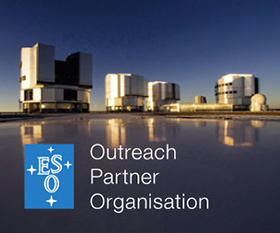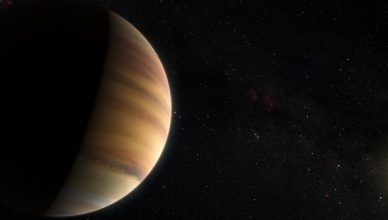
Half of Kepler’s giant exoplanet candidates are false positives
A 5-year study, led by Alexandre Santerne from the ExoEarths team at IA, found that most of these false positives were eclipsing binaries.
Read more
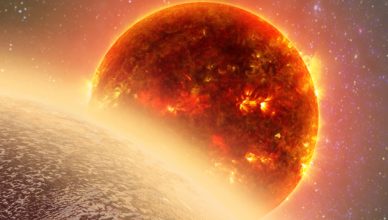
Rocky exoplanet with atmosphere detected in the neighborhood of the Solar System
Nuno Cardoso Santos, from the Instituto de Astrofísica e Ciências do Espaço (IA), participated in the discovery of the “exoVenus” GJ 1132b, announced today in Nature.
Read more
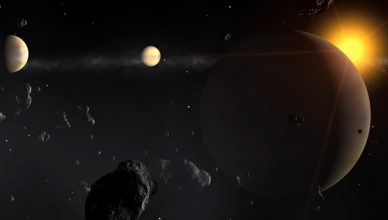
International competition can give portuguese names to exoplanets
Lusitânia, Caravela, Adamastor, Esperança and Saudade are the names proposed by Planetário do Porto – Centro Ciência Viva, with support from Instituto de Astrofísica e Ciências do Espaço.
Read more

Stellar atmosphere can be used to predict the composition of rocky exoplanets
These results, obtained by researchers from the ExoEarths team at Instituto de Astrofísica e Ciências do Espaço (IA), also allows for a better understanding of the frequency of habitable planets in our galaxy.
Read more
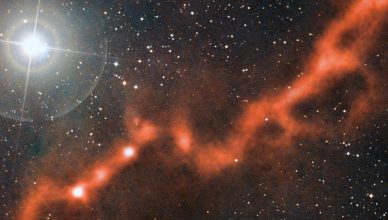
Gas giant in baby star
The discovery of evidence of Hot Jupiters around newly-born stars, is co-authored by Pedro Figueira, from Instituto de Astrofísica e Ciências do Espaço (IA).
Read more
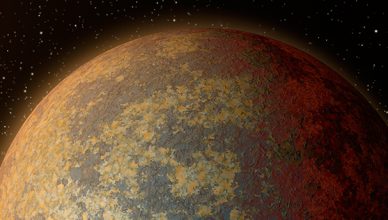
Closest rocky transiting exoplanet observed
The discovery of the HD219134 planetary system, 21.2 light-years away in the constellation of Cassiopeia, is co-authored by Pedro Figueira, from Instituto de Astrofísica e Ciências do Espaço (IA).
Read more
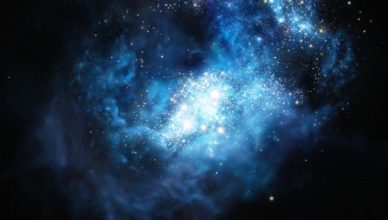
Discovery of CR7 galaxy reveals first stars in the Universe
David Sobral, from the Institute of Astrophysics and Space Sciences has discovered the brightest distant galaxy and signs of the first generation of stars in the Universe.
Read more
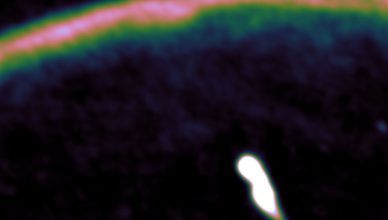
Cosmic Tsunami brings galaxies back to life
David Sobral, from the Institute of Astrophysics and Space Sciences (IA), and an international team, found that colossal shock waves rise galaxies from the dead.
Read more

